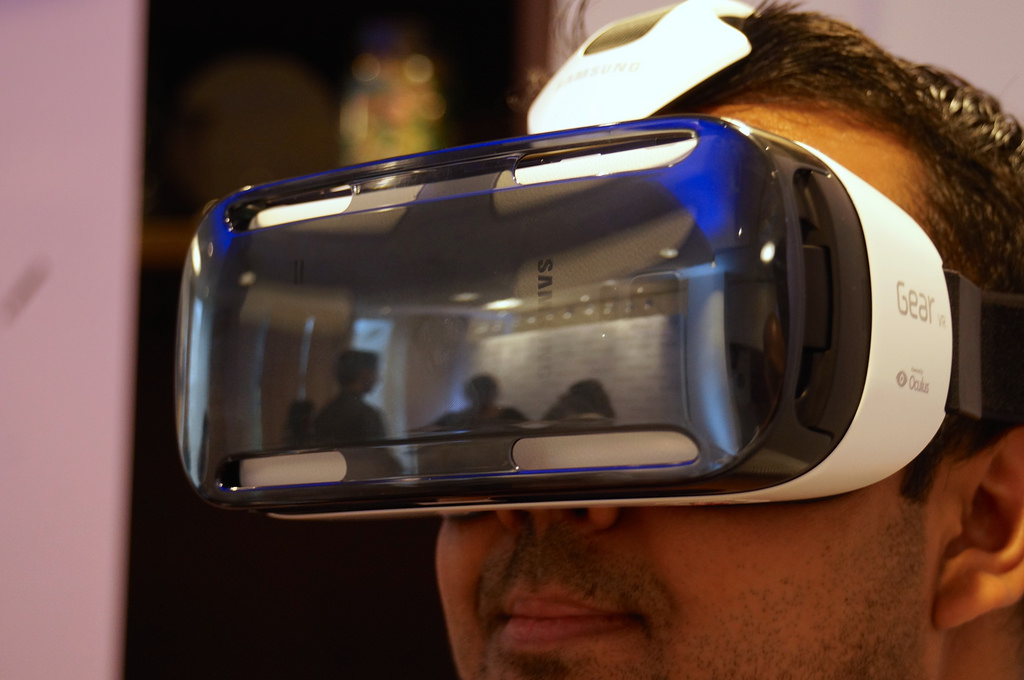 NEWS
NEWS
 NEWS
NEWS
 NEWS
NEWS
It was only a matter of time until the advertising industry sank its claws into the rapidly growing virtual reality market, and now it looks like Santa Monica-based startup Vertebrae Inc. wants to be one of the first to bring ads to VR. Vertebrae exited stealth mode today and announced that it has secured $10 million in Series A funding.
Vertebrae already has one major VR ad under its belt with a recent teaser for the upcoming sequel to The Blair Witch Project. The teaser is essentially a 90-second ad for the film, but rather than showing clips taken from the movie, Vertebrae created an creepy, semi-interactive experience that captures the tone and ambiance of the film, mostly through flickering images of a creepy house, scary noises playing in the background and, of course, a jump scare at the end.
Vertebrae CEO and founder Vincent Cacace said VR advertising has incredible potential, both for publishers and for the VR industry as a whole.
“The big picture here is very bright,” Cacace told VentureBeat in a recent interview. “Creators, developers, and publishers need an effective way to monetize VR content outside of, or in addition to, a transactional model. Simultaneously, VR is an incredible new medium for advertisers, due to its immersive nature and the feeling of presence. Vertebrae serves as the conduit that connects the two, at scale. We see a model of intensely creative and compelling ads supporting great VR content as a mechanism to drive the ecosystem forward.”
According to Cacace, VR advertising is especially important for mobile VR devices like Samsung Gear VR and Google Cardboard, and he admits that it may not be as effective on high-end PC devices like Oculus Rift or HTC vive.
“Though our technology is headset agnostic, we are more focused on the mobile VR market at the moment,” Cacace said. “Platforms such as Sony, Oculus, and Vive are reminiscent of the traditional game console market where a consumer pays a lot of money for a console and each individual title. Therefore, they generally do not expect to see advertising. Conversely, we see the mobile VR market as a larger opportunity, due to the more casual nature of the content and the wider demographic of users.”
Virtual and augmented reality are still new, and it will likely be some time before we see some real numbers on engagement and conversion rates for VR/AR programs. It is also likely that even if those number were available now, they could be skewed due to the fact that VR devices have not hit the level of mass appeal yet and are still limited primarily to tech savvy early adopters.
Still, it is not hard to imagine that short format experiences like Vertebrae’s Blair Witch teaser could be an incredibly effective marketing tool for certain products and audiences, especially if the ads are interesting enough that consumers actually seek them out rather than being forced to view them like some kind of 3D popup.
Of course, in many ways VR users are also a captive audience, and unlike ads on television or even YouTube, it is much harder to ignore a VR ad when it is strapped to your face.
THANK YOU